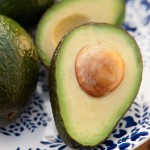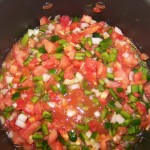
Kansas State University will be hosting a series of Barbecue 101 workshops this April, May, and June. These one day workshops will focus on teaching the basics of grilling and smoking for consumers of all ages and experience levels.
The topic areas will cover the basics of grill selection and use, the fundamentals of meat selection and preparation, discussion of new and innovative cuts for barbecue, and the science of smoking. Additionally, these workshops will include several hands-on demonstrations, tastings of different sauces, meat cooked with different woods, spices, and rubs. The day will conclude with a question and answer session with several barbecue experts.
Details and registration
www.asi.k-state.edu/barbecue101workshop.html





